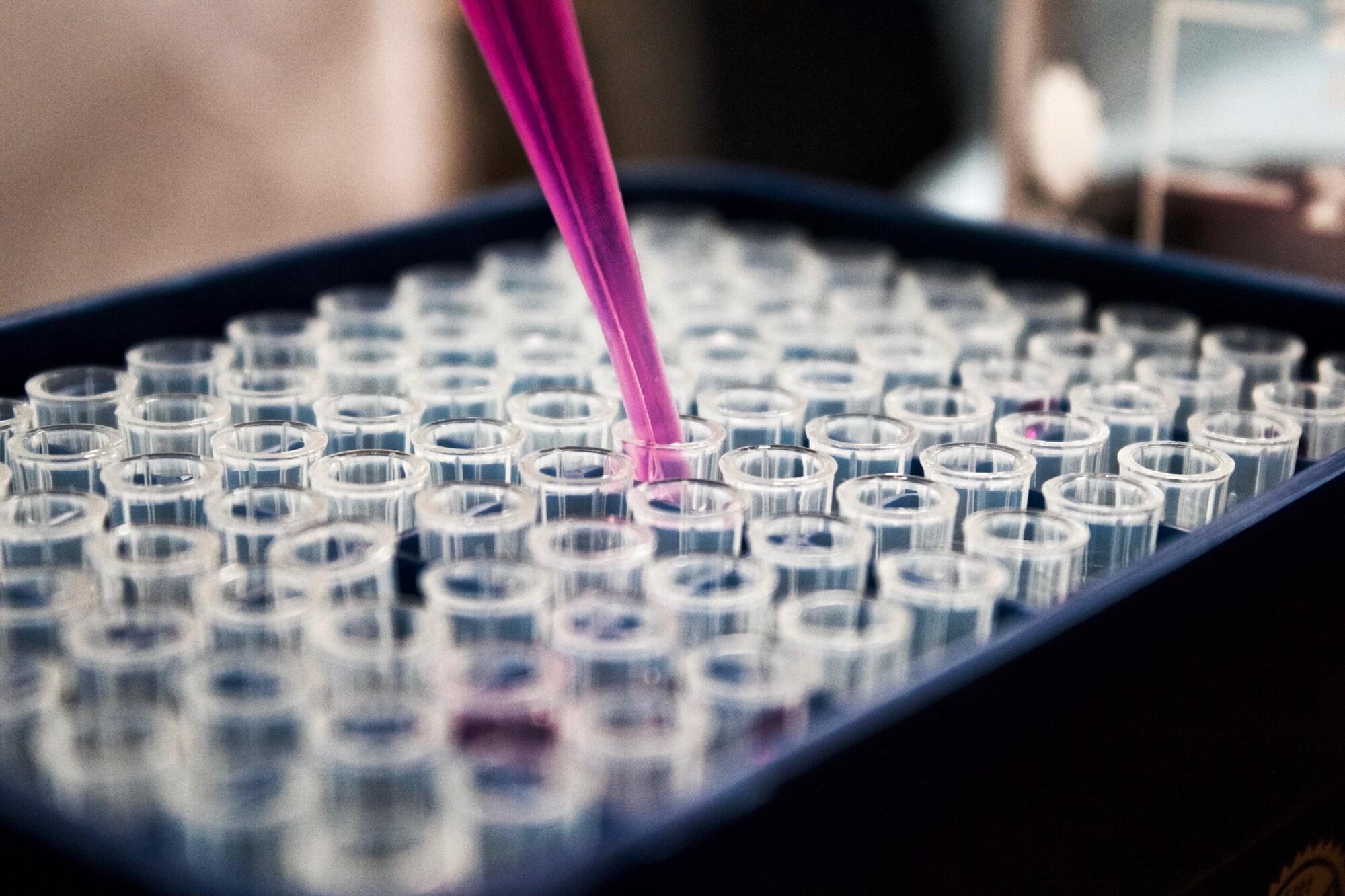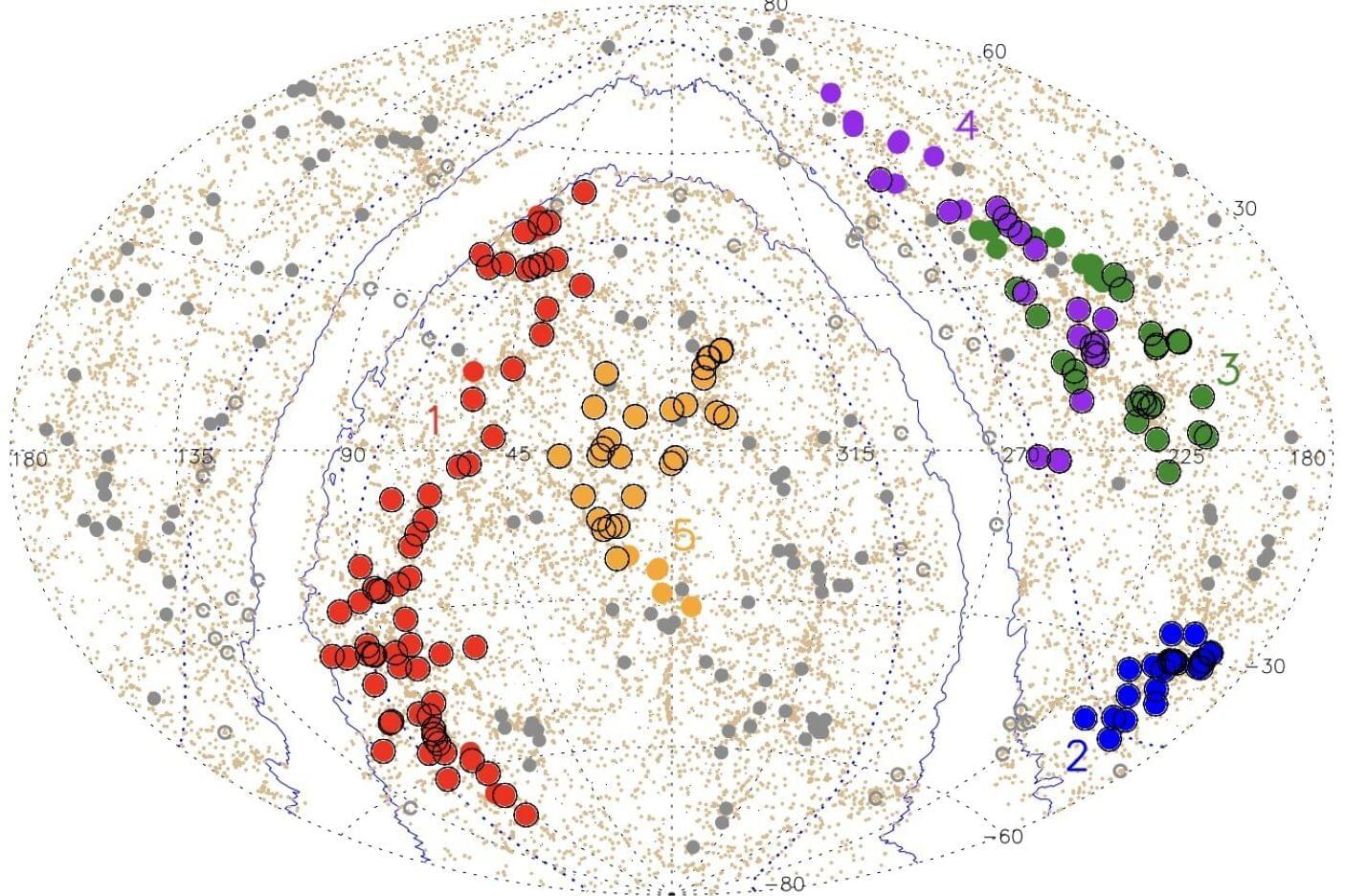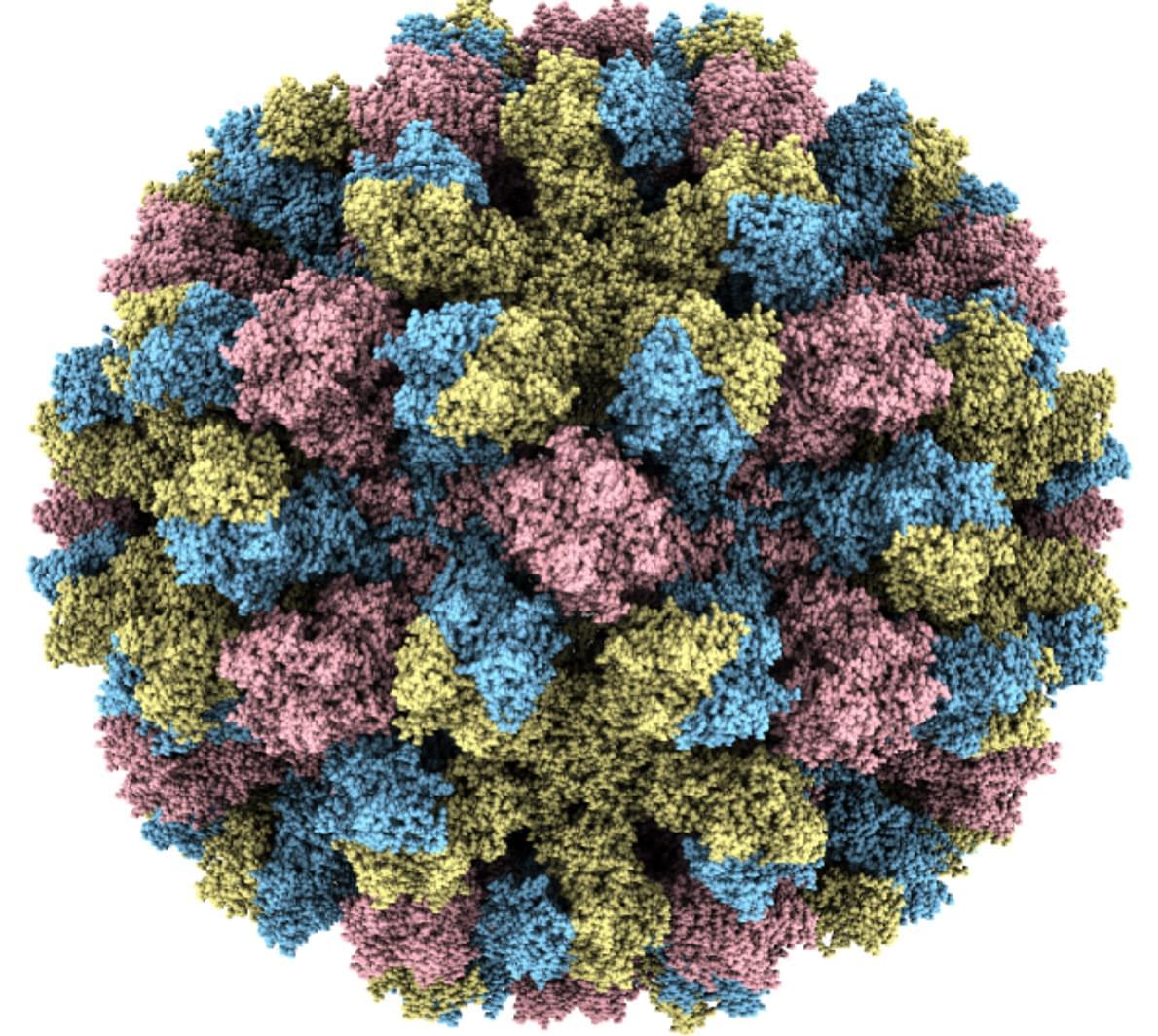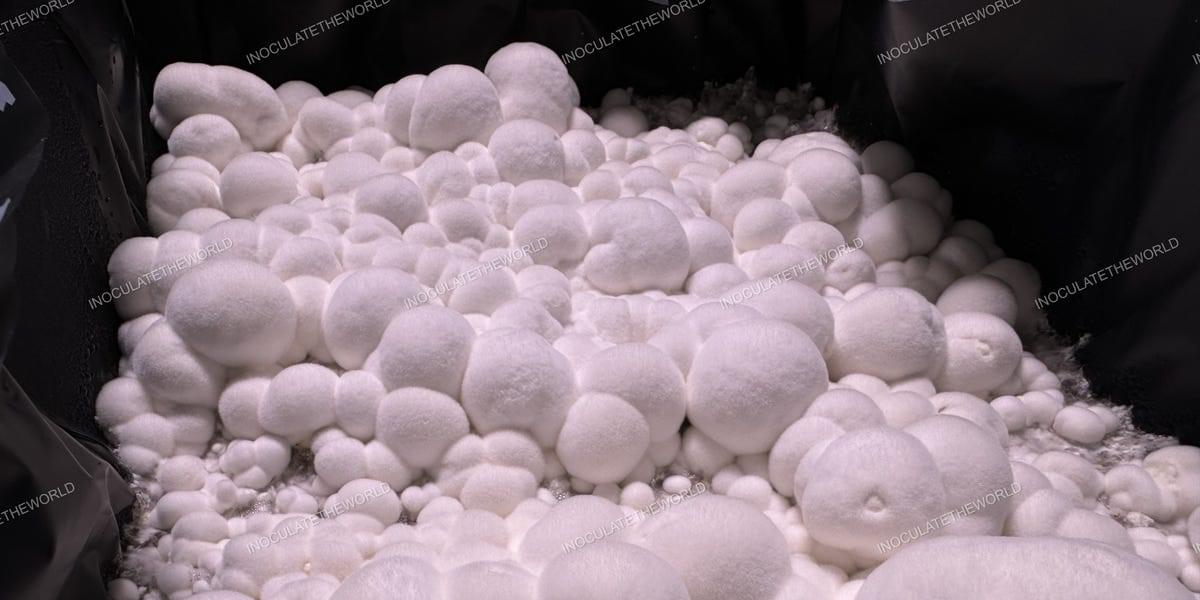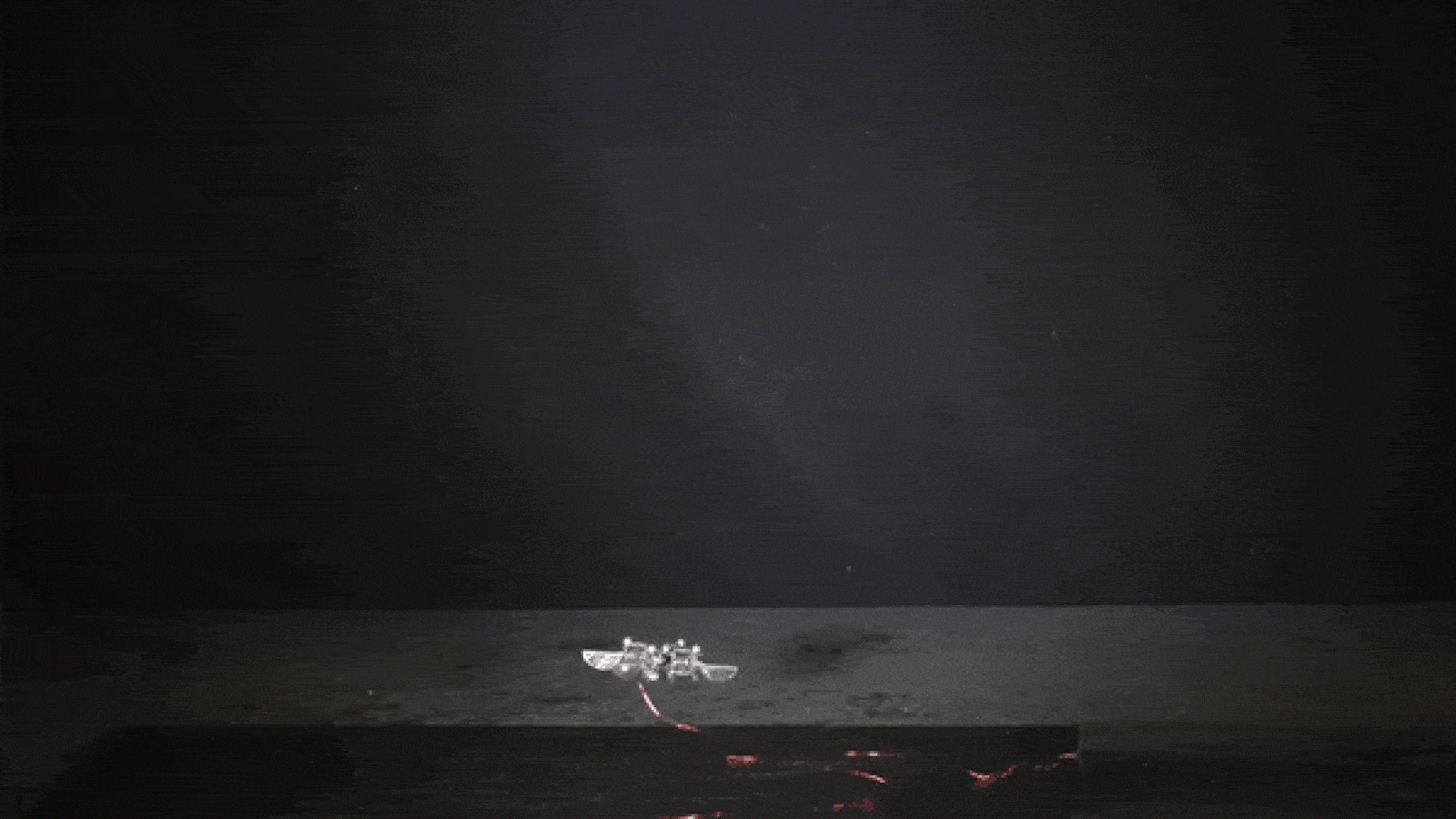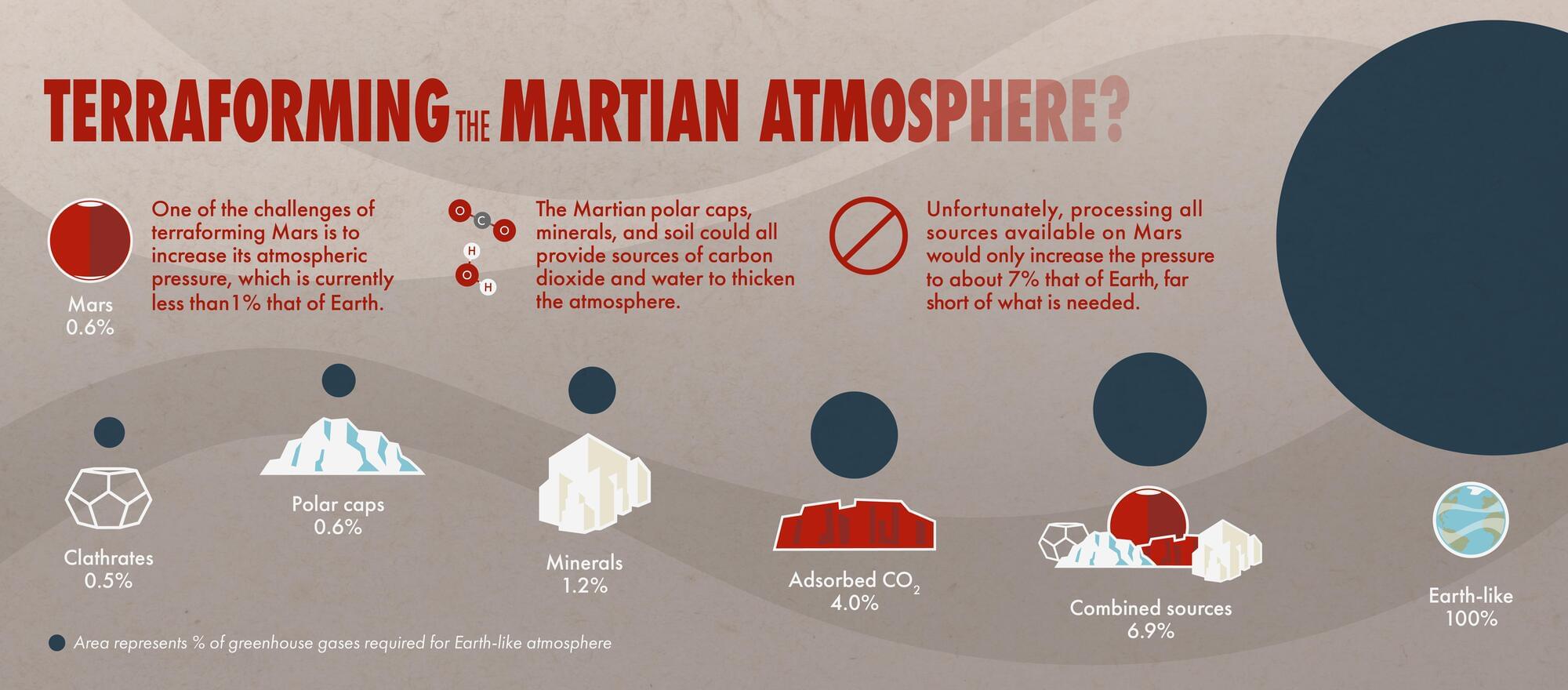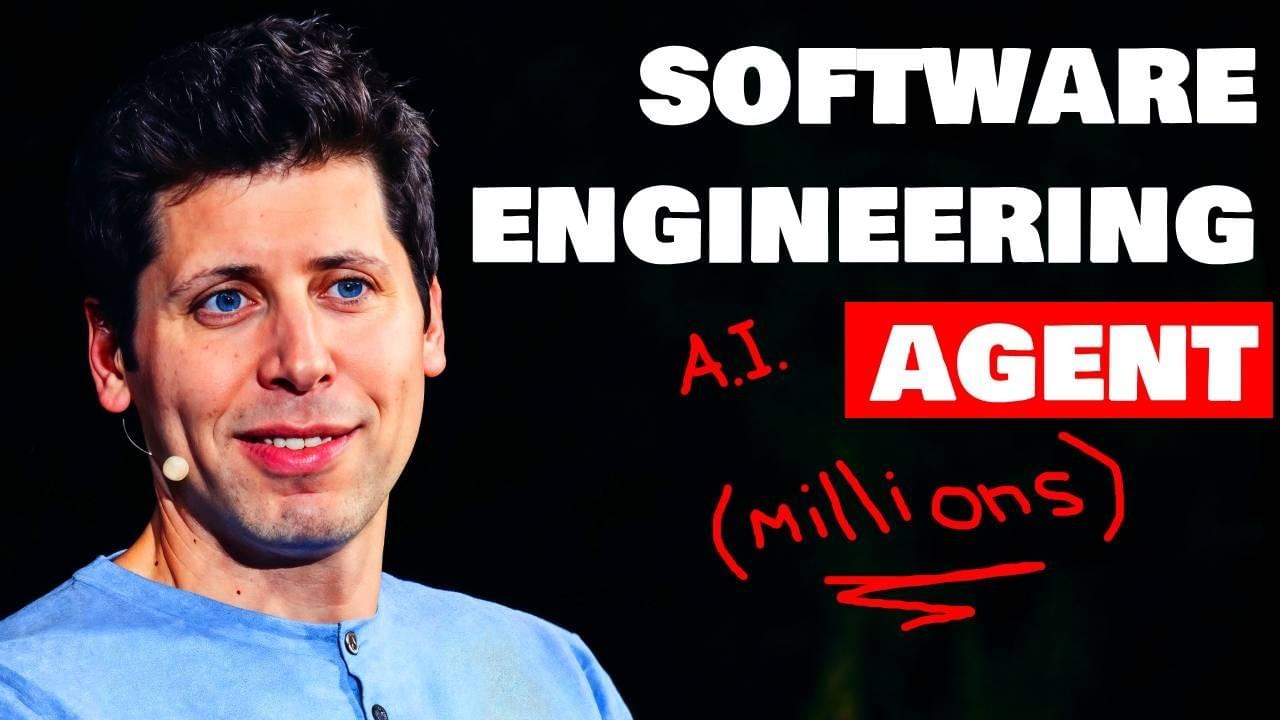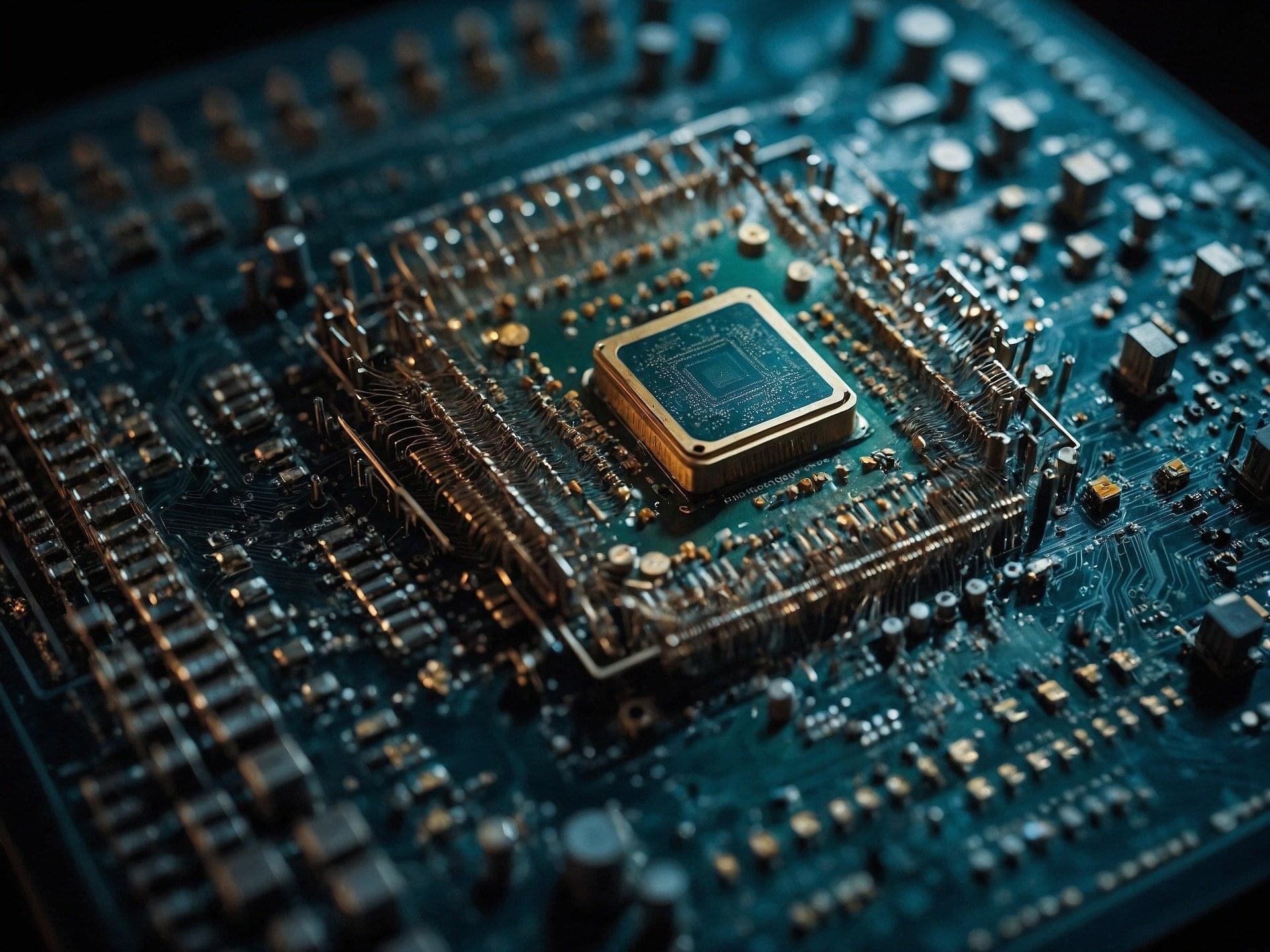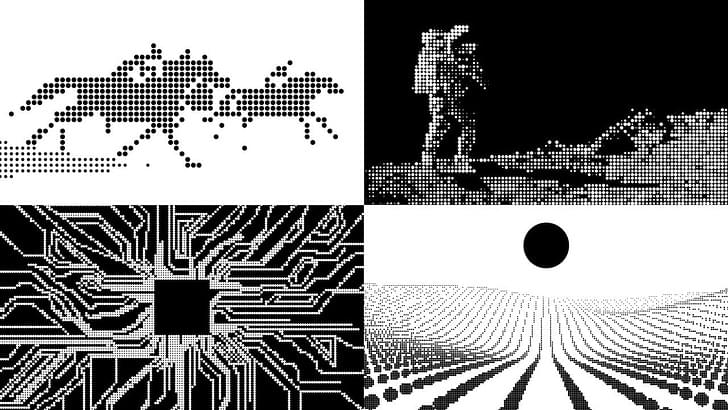Learn about invisible prompt injection, which is a silent threat to secure AI.
Years before tau tangles show up in brain scans of patients with Alzheimer’s disease, a biomarker test developed at the University of Pittsburgh School of Medicine can detect small amounts of the clumping-prone tau protein and its misfolded pathological forms that litter the brain, cerebrospinal fluid and potentially blood, new research published today in Nature Medicine suggests.
The cerebrospinal fluid biomarker test correlates with the severity of cognitive decline, independent of other factors, including brain amyloid deposition, thereby opening doors for early-stage disease diagnosis and intervention.
Since amyloid-beta pathology often precedes tau abnormalities in Alzheimer’s disease, most biomarker efforts have focused on early detection of amyloid-beta changes. However, the clumping of tau protein into well-ordered structures referred to by pathologists as “neurofibrillary tangles” is a more defining event for Alzheimer’s disease as it is more strongly associated with the cognitive changes seen in affected people.
As temperatures drop, norovirus cases increase and more of its RNA ends up in sewage. This year, wastewater samples in the United States show norovirus levels have already passed the previous two seasonal peaks.
The “Ferrari of viruses” is having a banner season. Norovirus, which races through cruise ships, homes, and long-term care facilities, is experiencing a remarkable winter surge in the Northern Hemisphere, sending large numbers of people racing to the bathroom and many others to the hospital, and in rare cases, proving fatal. In the United States, for example, 91 outbreaks of the intestinal virus occurred in the first week of December 2024, far above the previous maximum, 65, for the same week between 2010 and 2024. And levels of its genes in U.S. wastewater are an order of magnitude above last year.
“The early data for the early part of the season is certainly supporting that we’re going to have a pretty intense norovirus year,” says Lisa Lindesmith, who studies the virus at the University of North Carolina (UNC) at Chapel Hill. Some of the surge may be due to a new variant of the virus, unfamiliar to many people’s immune systems, and the resumption of cruises and other gatherings that the COVID-19 pandemic interrupted. And there’s no vaccine anywhere in sight: The most advanced candidate just failed a key trial and others won’t be ready for several years.
Norovirus thrives in cold climes, causing explosive diarrhea and vomiting that typically only last for a day. But several weeks after people recover, they can still shed the virus, and it can remain infectious for long periods on surfaces. It’s notoriously resistant to many disinfectants, and studies in adult volunteers have shown just a trace of virus is enough to sicken a person. Oysters are also a source of infection, because the filter-feeding mollusks concentrate the virus from contaminated water in their tissues. U.S. health officials issued several warnings about infected oysters in December, and France has banned oyster harvesting in certain regions because of norovirus outbreaks.
When you think of a mushroom—whether psilocybin or portobello—you probably envision a stem and cap common for this type of fungi. The new Snowball mushroom is anything but typical.
This particular strain of “magic mushroom” is aptly named, as it resembles dozens of snowballs packed together. Mycologist Pope Joseph painstakingly coaxed a mutation from another mushroom species into creating the look he wanted, says Drew Collins, founder and CEO of InoculateTheWorld (ITW). His company distributes mushroom spores and introduced the Snowball mushroom to the world.
The Snowball is a significant development in growing mushrooms that have psilocybin, a compound that causes psychedelic effects, such as visual and auditory hallucinations. This form is unlike anything that’s ever been seen in mushroom cultivation before, Collins says. “I’ve been describing it as that moment you look out the window of a plane and there’s a never ending field of clouds.”
Scientists have built a new type of robotic insect that can fly 100 times longer than previous generations.
Science fiction writers have long featured terraforming, the process of creating an Earth-like or habitable environment on another planet, in their stories. Scientists themselves have proposed terraforming to enable the long-term colonization of Mars. A solution common to both groups is to release carbon dioxide gas trapped in the Martian surface to thicken the atmosphere and act as a blanket to warm the planet.
However, Mars does not retain enough carbon dioxide that could practically be put back into the atmosphere to warm Mars, according to a new NASA-sponsored study. Transforming the inhospitable Martian environment into a place astronauts could explore without life support is not possible without technology well beyond today’s capabilities.
The latest AI News. Learn about LLMs, Gen AI and get ready for the rollout of AGI. Wes Roth covers the latest happenings in the world of OpenAI, Google, Anthropic, NVIDIA and Open Source AI.
My Links 🔗
➡️ Subscribe: ➡️ Twitter: https://twitter.com/WesRothMoney ➡️ AI Newsletter: https://natural20.beehiiv.com/subscribe #ai #openai #llm.
➡️ Twitter: https://twitter.com/WesRothMoney.
➡️ AI Newsletter: https://natural20.beehiiv.com/subscribe.
#ai #openai #llm
The rapid technological advancements of our world have been enabled by our capacity to design and fabricate ever smaller electronic chips. These underpin computers, mobile phones and every smart device deployed to date.
One of the many challenges is that electronic components generate increasingly more heat as they are miniaturized. A significant issue lies in making the wires which connect the transistors on the chip thinner while ensuring that the minimum amount of heat is released.
These interconnects are typically made from copper, and as we start to scale them down to nano-scale thicknesses, their electrical resistance increases rapidly because the electrons moving along the wires have a higher probability of colliding into the surface of the wire. Known as scattering, this leads to energy being released in the form of waste heat, meaning you need more power to maintain the same level of performance.
In today’s AI news, the OpenAI commercial, developed under new CMO Kate Rouch, deliberately avoids mentioning AGI or superintelligence, which are at the core of OpenAI’s mission. “We want the message to feel relevant to the audience that is watching the Super Bowl, which includes tens of millions of people who have no familiarity with AI,” Rouch said.
S $254-billion software industry by 45% over the next five years, according to a survey by consulting firm EY India. This boost will come through the dual effect of the IT industry integrating elements of GenAI and client projects move from concept to production. + Then, the French government plans Monday to pledge a gigawatt of nuclear power for a new artificial-intelligence computing project expected to cost tens of billions of dollars. France is making a bid to catch up in the artificial intelligence race by leaning on one of its strengths: plentiful nuclear power.
And, Canadian investment firm Brookfield plans to invest €20 billion by 2030 in artificial intelligence projects in France (around $20.7 billion at current exchange rates), according to a report from La Tribune Dimanche confirmed by news agency AFP. The majority of the sum will be used to build AI-focused data centers.
In videos, we join Adrian Locher, Merantix Capital, Wei Li, BlackRock, Scott Sandell, NEA, Rob Heyvaert, Motive Partners, and Guru Chahal, Lightspeed Venture Partners, discussing how to identify the next category-defining opportunities in AI across venture capital, private equity, and beyond?
Is what happens when millions of people get access to a transformational general purpose technology such as artificial intelligence, enabling superpowers that benefit both individuals and society.” + Then, check out the cutting-edge world of “hackbots”—AI agents designed to autonomously hack websites. Joseph Thacker, Principal AI Engineer at AppOmni as well as a security researcher who specializes in application security and AI, discusses the basics of hackbots, the current landscape of the technology, and its potential future implications.

